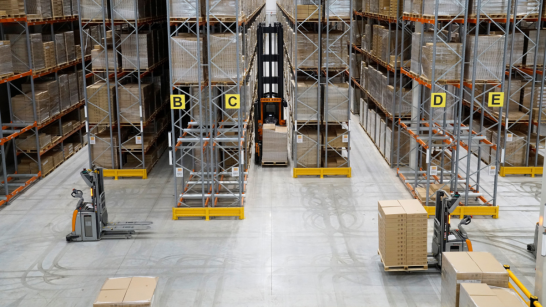/Dematic_Innovation_Shin_Yamashita_image_546x307.jpg)
Shin Yamashita Cures Our Customers’ Pain
There are many experts in the world of intralogistics and automation. Shin Yamashita, Director of Consulting Engineering at Dematic, is making a significant contribution to further development in this field with his work. With an approach that more closely resembles that of an experienced doctor than your average engineer, Shin tackles logistics challenges in a creative and unconventional manner. His mission is to diagnose and treat customers’ “aches and pains” by developing solutions that often go well beyond conventional approaches.
2024-11-13
/Dematic_Innovation_Shin_Yamashita_2.png)
/shin-04.jpeg)
/website-story-innovations-dematic-part-2_pic05_image_546x307.jpg)
